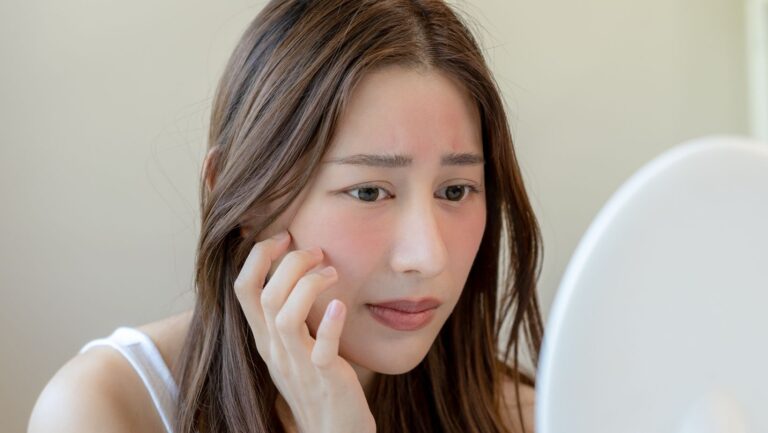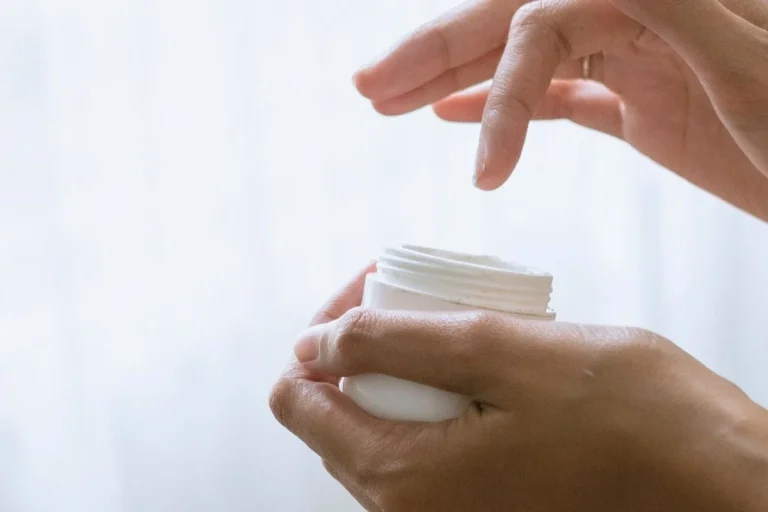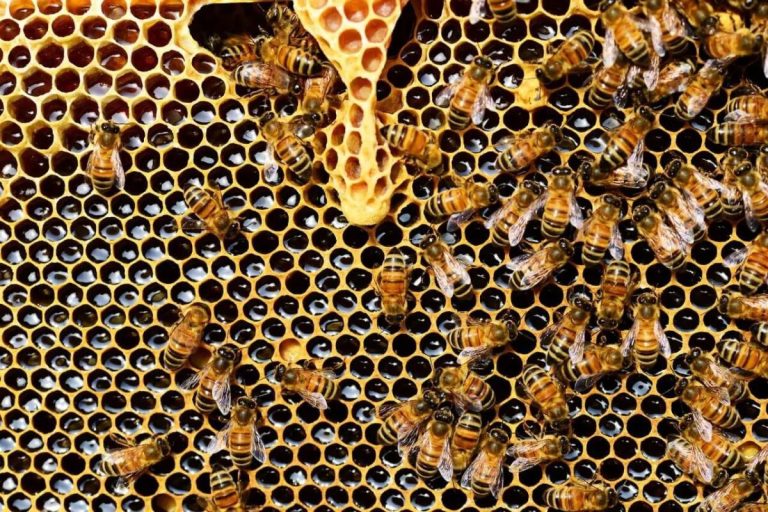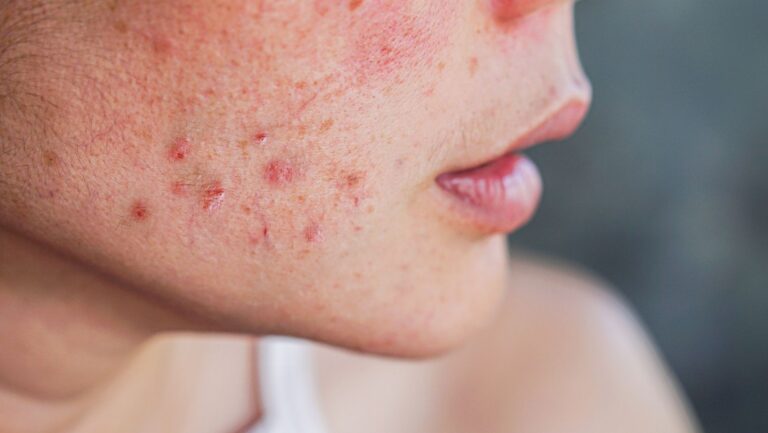Does Cocoa Butter Clog Pores?
I’ve always loved using cocoa butter on my skin. It makes my face feel soft and moisturized, and it has such a lovely natural scent. However, as someone with acne-prone skin, I’ve been hesitant about using it too much. I was worried that the thick, creamy texture might be pore-clogging.
So I decided to really look into whether cocoa butter clogs pores. Here’s what I learned from researching the ingredients, composition, and experiences from other users.
A Quick Intro to Cocoa Butter
Contents
- A Quick Intro to Cocoa Butter
- Does Cocoa Butter Clog Pores? A Close Look at the Ingredients
- My Experience Using Cocoa Butter on Acne-Prone Skin
- Tips to Use Cocoa Butter Without Clogging Pores
- Are Cocoa Butter Lotions and Creams Non-Comedogenic?
- Other Natural Oils That Won’t Clog Pores
- When Is Cocoa Butter Beneficial to Use?
- The Bottom Line: Does Cocoa Butter Clog Pores?
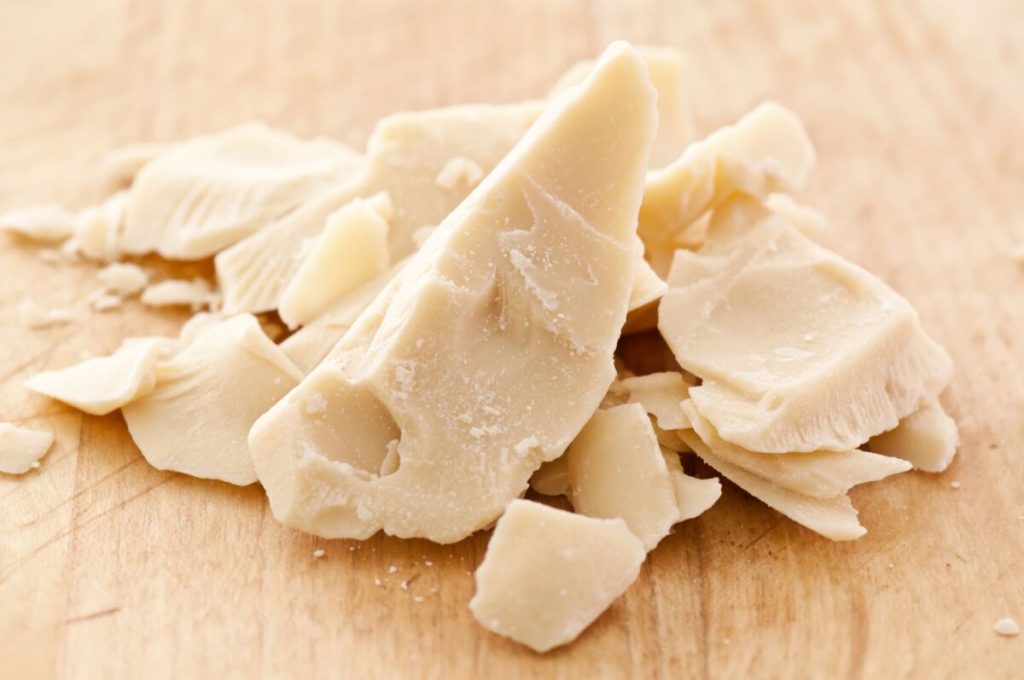
Let’s start with a quick overview of what cocoa butter is and why it’s used for skincare.
Cocoa butter comes from the cocoa bean. After cocoa beans are fermented and dried, the fat is pressed from the beans to make the butter.
It has been used for centuries by indigenous cultures in Central and South America. They would use cocoa butter for skincare and to make early forms of chocolate.
These days, cocoa butter is often found in:
- Moisturizing creams, lotions, lip balms
- Soaps and haircare products
- Chocolate (gives chocolate its melt-in-your-mouth quality)
- Aromatherapy (the scent is said to uplift mood)
It’s a popular skincare ingredient because it’s a plant-based emollient. This means it softens skin and may help heal dryness or damage.
Many people say cocoa butter leaves their skin feeling deeply moisturized and supple. It’s also gentle enough for sensitive areas like the lips and undereye region.
So why would such a moisturizing butter potentially clog pores? Let’s explore that next.
Does Cocoa Butter Clog Pores? A Close Look at the Ingredients
Whether or not cocoa butter clogs pores mainly comes down to its composition. The fatty acids and vitamins it contains impact how it interacts with skin.
Here is the basic nutrient breakdown of cocoa butter:
- Fatty acids – Mainly stearic acid and oleic acid, plus palmitic acid and linoleic acid
- Vitamin E
- Vitamin K
- Omega-3 and omega-6 fatty acids
Overall, this nutrient profile helps hydrate skin and protect against environmental damage. However, some of the fatty acids may be more problematic than others.
Oleic Acid
Cocoa butter contains around 35% oleic acid. This is a very moisturizing fatty acid found in oils like olive oil and almond oil.
However, oleic acid is also highly comedogenic. This means it has a rating of 4 out of 5 for likelihood of clogging pores.
Oleic acid has thick, greasy properties that may cause congestion when applied to acne-prone skin. Clogged pores are a major trigger for breakouts.
So the high amount of oleic acid in cocoa butter is a point of concern if you’re wondering “does cocoa butter clog pores?”
Stearic Acid
The other main fatty acid in cocoa butter is stearic acid, making up around 40% of the composition.
Stearic acid helps thicken and stabilize cosmetic products like lotions and creams. It’s less likely to clog pores than oleic acid.
However, people with very sensitive or acneic skin still may experience breakouts from an excess of stearic acid on the skin’s surface.
Palmitic and Linoleic Acid
Palmitic acid has a similar comedogenic profile to stearic acid. Too much contact with skin may cause clogged pores and blemishes.
Linoleic acid offers more benefits – it has anti-inflammatory properties that may help acne. But it makes up just a small percentage of cocoa butter.
My Experience Using Cocoa Butter on Acne-Prone Skin
To get firsthand experience with how cocoa butter impacts acne-prone skin, I tested it on myself.
I have combination skin that’s prone to breakouts, particularly around my chin. Here’s what happened when I used pure cocoa butter daily:
- Week 1 – No issues to report! My skin felt nicely moisturized without being greasy. No new breakouts.
- Week 2 – Still no clogged pores or major breakouts. But I noticed slightly more blackheads on my nose.
- Week 3 – Small whiteheads started popping up along my jawline and chin. A sure sign of congestion.
- Week 4 – More whiteheads and two large, painful pimples on my chin. I stopped using the cocoa butter after this.
My skin went back to normal within about a week after discontinuing use. I was diligent about cleansing morning and night to remove any remaining oil or buildup.
So in my personal experience, pure cocoa butter did end up clogging my pores and causing breakouts after several weeks of use.
But everyone’s skin can react differently. Others may be able to use small amounts of cocoa butter without issues.
Tips to Use Cocoa Butter Without Clogging Pores
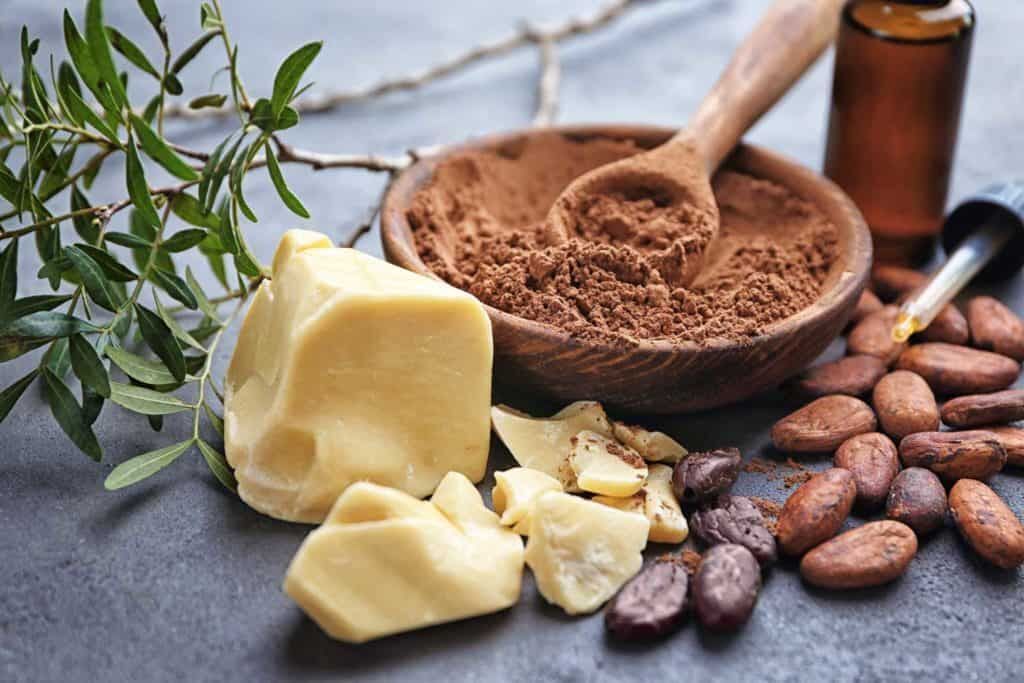
If you want to enjoy the hydrating effects of cocoa butter without the congestion, here are some tips:
- Use sparingly – Only use a tiny amount on acne-prone areas
- Avoid daily use – Use 2-3 times per week at most
- Look for formulas with linoleic acid – This counterbalances oleic acid
- Spot test – Try on a small patch of skin first to check for clogged pores
- Cleanse well after use – Don’t leave residue sitting on skin overnight
- Use on the body, not face – The back and legs are less prone to clogged pores
You can also seek out products that combine cocoa butter with other moisturizing oils:
- Shea butter – Very hydrating and not comedogenic
- Argan oil – Absorbs well and is non-comedogenic
- Jojoba oil – Mimics skin’s natural oils so less likely to clog
Mixing cocoa butter with other nourishing ingredients can provide moisture without congesting pores.
I’ve found that using a pea-sized amount in my night cream a few times a week works for my skin. Everyone needs to find the right balance for their unique skin chemistry.
Are Cocoa Butter Lotions and Creams Non-Comedogenic?
If you’re looking for lotions or moisturizers containing cocoa butter, be sure to check the labels for the terms “non-comedogenic” or “won’t clog pores.”
This indicates the product has been formulated in a way that shouldn’t congest pores, even if it contains comedogenic oils like cocoa butter.
You’ll often see words like “oil-free” and “water-based” on the labels as well. These types of moisturizers are less likely to feel heavy or greasy on the skin:
Cetaphil Moisturizing Lotion
- Contains cocoa butter along with macadamia nut oil and vitamins B5 and E
- Light, fast-absorbing texture won’t clog pores
- Leaves normal to dry skin soft without greasy residue
Neutrogena Hydro Boost Gel Cream
- Oil-free gel cream provides intense hydration
- Pure cocoa butter adds moisture without greasiness
- Non-comedogenic and dye-free
La Roche-Posay Toleriane Double Repair Face Moisturizer
- Rich cream with cocoa butter nourishes very dry skin
- Free of fragrances and parabens
- Non-comedogenic formula tested on sensitive skin
The Ordinary Natural Moisturizing Factors + HA
- Hydrating formula with cocoa butter and fatty acids found in healthy skin
- Absorbs quickly with matte finish
- Vegan and cruelty-free
Always check feedbacks to see how the products worked on acne-prone skin specifically. Everyone’s mileage may vary.
Other Natural Oils That Won’t Clog Pores
For super acne-prone skin types, even well-formulated creams with cocoa butter may cause some congestion.
In that case, it’s better to avoid cocoa butter altogether and choose products with more skin-friendly oils.
Here are some great nourishing oils that have comedogenic ratings of 0-1:
Safflower Oil
My favorite alternative to cocoa butter is pure safflower oil. Cold-pressed safflower is rich in fatty acids like oleic acid, except it’s lighter and less likely to clog.
I like using a few drops of safflower oil at night to hydrate my face without causing congestion or breakouts. It absorbs well and doesn’t feel greasy.
Argan Oil
Argan oil has a 0 rating on the comedogenic scale, meaning it won’t clog pores at all. It contains lots of vitamin E to hydrate skin and antioxidants to fight pollution.
Passion Fruit Seed Oil
This nourishing oil gets a 1 rating for being minimally comedogenic. It helps improve skin elasticity thanks to high linoleic acid content.
Rosehip Seed Oil
Rosehip oil gets a light 1 rating as well. It contains provitamin A to refine skin texture and reduce scarring.
Grapeseed Oil
Grapeseed is another very lightweight, fast-absorbing oil that’s less likely to congest pores. It has almost no odor and leaves skin feeling silky.
When Is Cocoa Butter Beneficial to Use?
For people without acne-prone or clog-prone skin, cocoa butter can be deeply moisturizing. Here are some of the top benefits:
- Alleviates extremely dry skin conditions like eczema or psoriasis
- Heals chapped lips overnight
- Softens rough patches on elbows, knees, and feet
- Minimizes appearance of stretch marks
- Moisturizes and smooths skin during pregnancy when stretch marks develop
- Helps fade scars and age spots over time
- Provides hydration after sunburns
- Locks in moisture after bathing or showering
Cocoa butter is also beneficial for skin and hair when used occasionally:
- Adds shine when used sparingly on ends of hair
- Soothes razor burns and bumps from hair removal
- Moisturizes cuticles and nails to prevent hangnails
- Heals dry, cracked hands overnight when applied before bed
- Makes an ultra-hydrating massage oil
- Gives lips a glossy finish when applied lightly over lip balms or glosses
So while cocoa butter clogs pores for many acne-sufferers like myself, it can still be great for moisturizing the body and conditioning hair and nails.
The Bottom Line: Does Cocoa Butter Clog Pores?
After diving into the research and doing a personal test on my acne-prone skin, I can conclusively say that cocoa butter does have a tendency to clog pores.
This is due to its high amounts of oleic and palmitic acids, which can congest skin and cause breakouts.
However, the thick, creamy texture also makes cocoa butter an amazing emollient for extremely dry skin conditions. It provides a nourishing moisture barrier.
My advice if you have acne-prone or clog-prone skin is to use cocoa butter minimally. Opt for lightweight oils like safflower, argan, and grapeseed to nourish skin instead.
But there’s no problem using cocoa butter as an all-over body moisturizer or on areas like hands, feet, and lips that rarely break out.
What matters most is listening to your own skin’s needs and avoiding ingredients that seem to cause congestion or reactions. Don’t be afraid to test and find what works best for your unique skin chemistry.
I hope this guide has helped explain the pore-clogging potential of cocoa butter as well as how to use it safely. Let me know if you have any other skincare ingredient questions!

Founded by Sophia Rodriguez, IGXO Cosmetics is a PETA-certified, cruelty-free, and vegan makeup brand.

